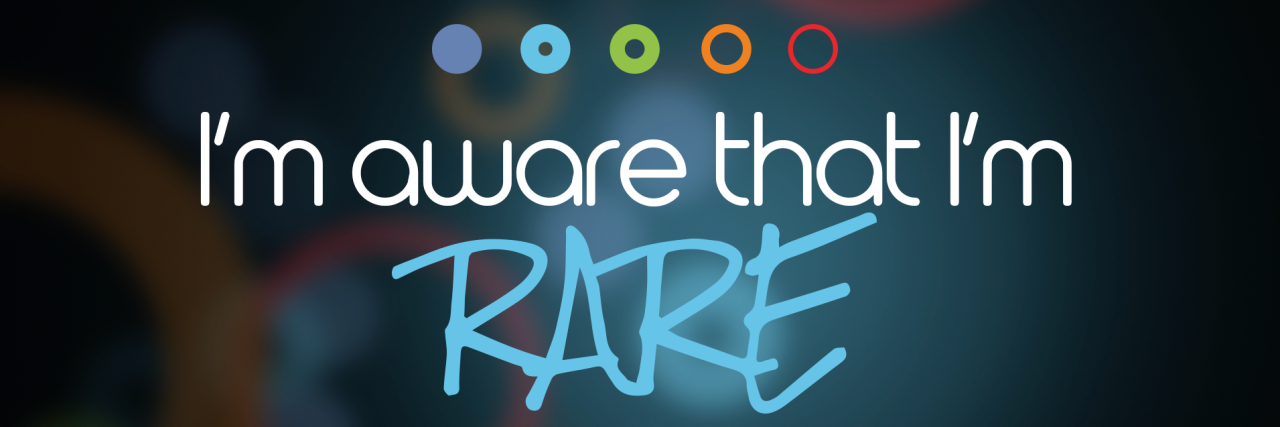Connie Sherwood, CN from UC San Diego Medical Center discusses how patients get their life back post PTE surgery.
Transcript:
My name is Connie Sherwood, and I work at UCSD Medical Center on the fourth floor.
So, we see PTE patients prior to surgery and then after they move to ICU, so we kind of have an opportunity to get to know our patients a little bit, and it’s sort of an exciting process, because we get to see them beforehand. Oftentimes, they’re walking in sick, on oxygen. Their lives have been altered for such a long time. It took a long time to get diagnosed.
So probably, it’s one of the most exciting surgeries that I see. We see a lot of heart surgeries, but this one is curative. So, we get to see the patients’ lives back, because patients feel like they’re getting their lives back. A lot of them have spent time gradually losing quality of life, and so they may not have it right away after surgery, because they’re still healing. But the quality of life already begins from the time they start rehabbing on our floor. So, by the time they leave, oftentimes, there’s no oxygen. And they’re walking the floors, tiring the nurses out with how many laps they can do, whereas when they came in, some of them come in in a wheelchair, because they can’t walk from the parking lot to the floor. So, it’s definitely exciting to see.
We have patients from all over the world, so it’s exciting to get to see even different cultures and how the disease has affected them throughout the span of it, too. A lot of times, they don’t even know why they have it. A lot of times, it’s taken so long to diagnose, maybe they’ve been told they’ve had asthma for years and tried inhalers, tried many different treatments, which none work, because it’s not going to reach the disease that’s happening in the lungs.
The clots that sometimes will start with a deep vein thrombosis or a pulmonary embolism that becomes chronic and gradually alters their life. So, when they come into our place, they’re so excited to finally have some answers and hope for treatment. We see all different ranges. We don’t see a lot of pediatric patients on our floor. We don’t treat pediatric patients, but we’ll see 18 year olds on up to 70, 80 years old. So, all different ages.
There’s so many different hospitals out there that aren’t aware of this disease, so like I said, the diagnosis sometimes takes a long time. If the doctor knows what’s going on and diagnoses them quick, then we’ll see patients within months of their diagnosis, whereas it’s kind of a funny question, because I always ask people when they come in, “How long has it been since you’ve been dealing with it?” Or “How long have you been waiting?” And many of them will say 2, 3 years and finally got diagnosed, and then two months and we’re here. So, it varies greatly.
It’s also really fun to see the patients that come in that have had V/Q scans, echoes, CT scans finally get diagnosed. And then, at the end of the treatment, after the surgery, they redo all of those tests, and they get to compare between the beginning to the end and just see the great results that we see. Well, the V/Q scan will show the profusion of the lung, and in the beginning, before they are treated, they can see that there’s lack of profusion all throughout the lung. After surgery, they’re still in the healing process, but you’ll definitely see more profusion through the lung, and less signs and symptoms of dyspnea, especially with exertion.
I think that we’re cutting edge. We’re the best, so I’m proud to be part of that, even if it’s just caring for the patients before and after. But it’s pretty exciting to see what our doctors are doing, what our surgeons are doing and the type of care that the patients receive when they come to UCSD. We definitely get patients from all over the world, so many times, they don’t come back here to be followed up on. But our amazing team will make sure that they have follow up where they’re going back to after they get home. We’ve had patients from Saudi Arabia, from Brazil, from all over the world. So of course, once they go home, they usually just follow up with their own doctors.
Learn more about pulmonary hypertension at phaware365.global. Never miss an episode with the phaware® podcast app. Follow us on facebook, twitter, instagram, youtube & linkedin @phaware #phaware #phawareMD #CTEPH

